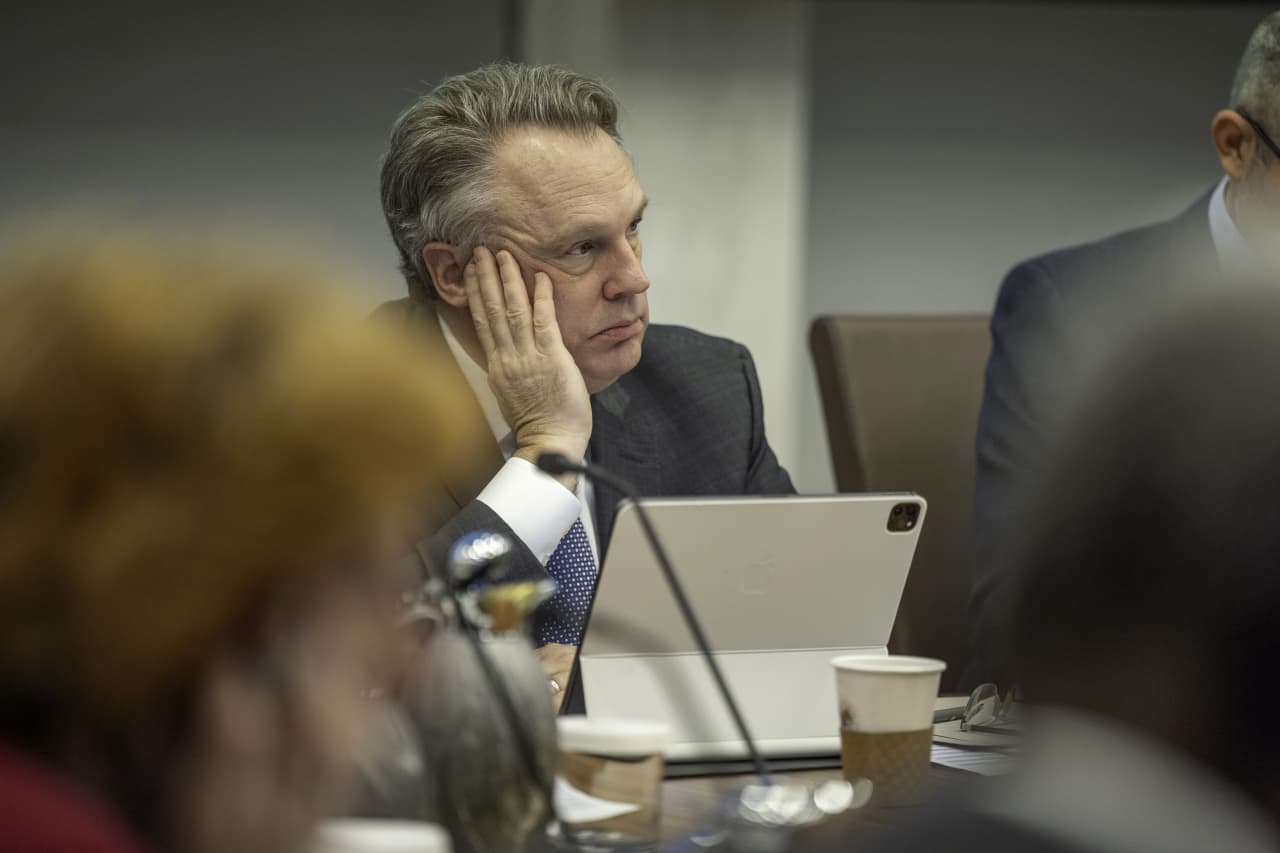Top Fed Officials Unswayed by Poor July Jobs Report, Take Wait-and-See Approach to Rate Cuts
August 4, 2025
Despite a disappointing July jobs report showing only 73,000 jobs added and significant downward revisions to prior months, top Federal Reserve officials remain steadfast in their cautious approach to interest rate cuts. The report, released by the Bureau of Labor Statistics on August 1, 2025, revealed a labor market far weaker than previously thought, with May’s job gains revised from 144,000 to 19,000 and June’s from 147,000 to 14,000, resulting in a three-month average of just 35,000 jobs added. The unemployment rate also edged up to 4.2%, prompting market expectations for a September rate cut to surge from 40% to over 80%. Yet, key Fed figures, including Chair Jerome Powell, are holding firm, prioritizing inflation concerns over labor market fragility.
At the Federal Open Market Committee (FOMC) meeting on July 30, 2025, the Fed voted to maintain its benchmark interest rate at 4.25%–4.5%, marking the fifth consecutive meeting with no change. Powell emphasized the economy’s “solid position” and the need to monitor incoming data, particularly given the inflationary risks posed by President Donald Trump’s tariff policies. While two governors, Christopher Waller and Michelle Bowman, dissented in favor of an immediate quarter-point cut, citing labor market weaknesses, the majority, led by Powell, Cleveland Fed President Beth Hammack, and Richmond Fed President Thomas Barkin, advocated for patience. Hammack told Bloomberg Television that the labor market remains “largely in balance,” while Barkin urged waiting for clarity, noting the economy’s strength allows time to assess tariff impacts.
The weak jobs data, coupled with Trump’s announcement of new tariffs on major trading partners, has intensified pressure on the Fed. Trump, who fired Bureau of Labor Statistics Commissioner Erika McEntarfer over the revisions, called Powell a “stubborn MORON” on Truth Social, demanding aggressive rate cuts. However, Powell and other officials remain wary of tariff-driven inflation, which has kept consumer prices above the Fed’s 2% target, with core PCE inflation at 2.7% in May. Atlanta Fed President Raphael Bostic warned that adjusting to Trump’s trade policies could take a year or more, potentially sustaining elevated inflation.
Despite market anticipation of a September cut, with the CME Group’s FedWatch Tool showing an 82% probability, top Fed officials argue that the labor market, while cooling, is not in crisis. Powell noted in a July 30 press conference that the Fed is “well positioned to learn more” before acting, a stance echoed by Hammack and Barkin. Critics, including former Fed officials Bill Dudley and Alan Blinder, argue for faster action, warning that delaying cuts risks a recession. However, the Fed’s median projections suggest only two quarter-point cuts by year-end, likely starting in September or October, as officials balance employment and inflation mandates.
Economists are divided. Some, like Heather Long of Navy Federal Credit Union, argue the labor market’s deterioration demands a September cut, while others, like Jeffrey Roach of LPL Financial, support the Fed’s caution, citing persistent inflation risks. The Fed’s next meeting on September 16–17 will be critical, with upcoming inflation and jobs data likely to shape the decision. For now, the Fed’s wait-and-see approach reflects a delicate balancing act amid economic uncertainty and political pressure.
For more details, visit Bloomberg.com or Reuters.com.
